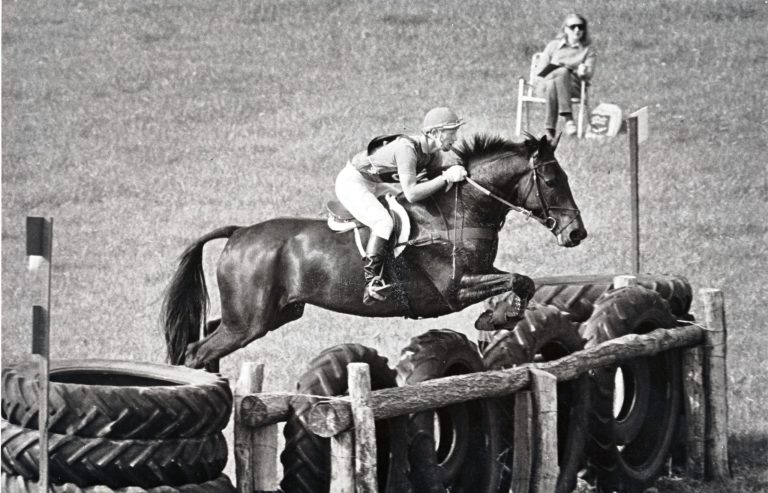A microchip–an electronic device the size of a rice grain–implanted invisibly in your horse’s neck can provide him permanent identification. Etched with a unique number and encapsulated in glass, the chip (shown here enlarged) is inserted with a syringe. It can be activated by a hand-held radio-frequency scanner, which then reads the number. And it functions for 25 years or longer.

“It’s like a VIN (Vehicle Identification Number) for horses,” says veterinarian Kevin Owen, whose Electronic ID Inc., in Cleburne, Texas, distributes microchips manufactured for horses by Destron/Fearing.
The microchip is even more tamper-resistant than a car’s VIN: Once the inch-square area your veterinarian shaves on the neck to insert the microchip regrows, there’s no visible evidence that the device is there. If it’s detected by a scanner, it can be located using multiple X-rays (and possibly ultrasound), then surgically removed–but not without leaving telltale scars, says Dr. Owen.
The information about your electronically-identified horse can be entered on a database such as the International Equine Recovery Network (IERN) or the Horse Identification Program (HIP) of the Texas and Southwestern Cattle Raisers Association. Using his microchip number, it can then be retrieved to help locate him and/or establish his identity and your ownership if the two of you are ever separated by crime, accident or natural disaster.
If a microchipped horse is reported to the IERN hotline as missing or stolen, for example, his information–including his ID number–goes to such likely stolen-horse destinations as auctions and slaughterhouses. Because a microchip–unlike a brand or tattoo–cannot be altered once in place, electronic ID can provide decisive proof of identity even if a stolen horse’s physical appearance has been changed.
Electronic ID also improved infectious disease surveillance: In Louisiana, a program that mandates permanent identification in conjunction with a negative Coggins test proving the horse is EIA (Equine Infectious Anemia)-free has decreased the state’s incidence of EIA by 70 percent. (Coggins tests in most states identify horses only by breed, age and physical description.) Microchipping, like tattoos and branding, is an accepted form of identification under the program, which equips state inspectors with scanners.
Microchip implantation is simple and inexpensive. No anesthesia is required, and Dr. Owen says the procedure typically costs less than $50.

For more information, ask your veterinarian, go online to www.electronicidinc.com, or call (617) 517-7190.
This article first appeared in the July 2001 issue of Practical Horseman magazine. Read more about the problem of horse theft and strategies for recovering a stolen horse in the article “Grand Theft Equine” by Elaine Pascoe in the November 2004 Practical Horseman.










